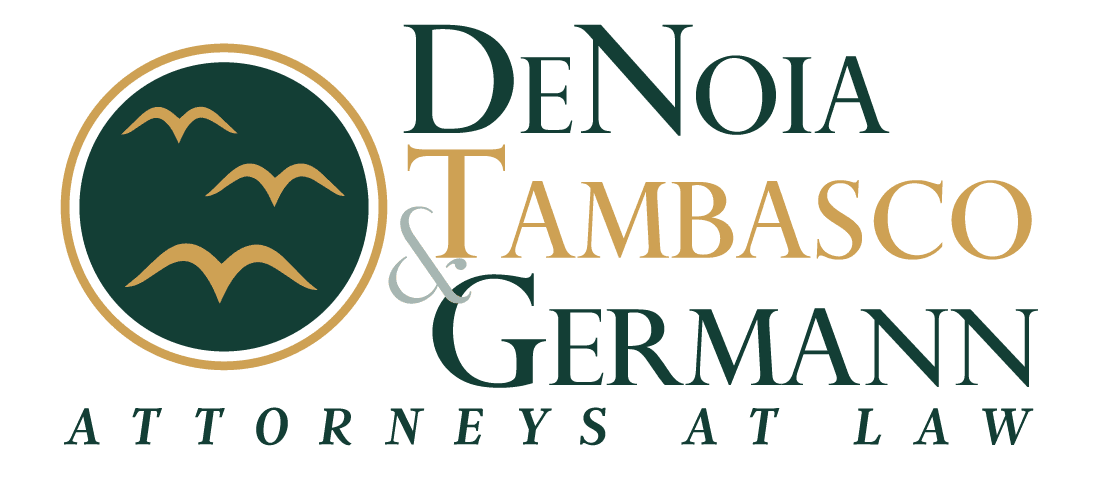Slip And Fall Lawyer Winder, GA
Establishing fault in slip and fall cases can be challenging due to the complexities involved in determining liability. These cases typically involve accidents that occur on someone else’s property, such as a business or private residence, where the injured party claims that their injuries were a result of hazardous or unsafe conditions. Here are some key factors that contribute to the difficulty of establishing fault in slip and fall cases:
- Lack of Witnesses: Slip and fall accidents often happen when no one else is present. Without witnesses to corroborate the sequence of events or provide testimony about the condition of the premises at the time of the accident, it becomes a case of one person’s word against another’s.
- Absence of Immediate Reporting: In some slip and fall cases, the injured party may not report the incident right away. Delayed reporting can raise questions about the seriousness of the injuries or whether the accident actually occurred as described.
- Subjectivity of Hazardous Conditions: Determining whether a hazardous condition exists can be subjective. Factors such as the level of danger, the foreseeability of the hazard, and the responsibility of the property owner can vary from case to case. What one person perceives as a hazardous condition, another person might view as a normal or trivial part of the environment.
- Transient Nature of Hazards: A lawyer, like a slip and fall lawyer from a law firm such as Norris Injury Law, knows that slip and fall accidents often occur due to temporary conditions, such as wet floors, uneven surfaces, or objects left in walkways. Proving that a hazardous condition existed at the time of the accident can be challenging, especially if the property owner has remedied the situation or claims that the condition did not exist.
- Contributory Negligence: Defendants in slip and fall cases may argue that the injured party contributed to their own accident through their negligence or failure to exercise reasonable care. This can complicate the determination of fault, as courts may assign a percentage of blame to both parties and reduce the amount of compensation accordingly.
- Lack of Documentation: It is essential to document the scene of the accident, such as taking photographs of the hazardous condition, gathering witness statements, or filing incident reports. However, due to the sudden and unexpected nature of slip and fall accidents, there is often a lack of sufficient documentation, making it harder to establish liability.
- Insurance Company Resistance: Insurance companies representing the property owner often vigorously defend slip and fall cases, employing tactics to minimize liability and reduce the compensation owed. They may dispute the extent of the injuries, question the validity of the claim, or assert that the accident was caused by the injured party’s own negligence.
Due to these challenges, it is crucial for individuals involved in slip and fall accidents to seek the assistance of a skilled lawyer who can gather evidence, navigate legal complexities, and advocate on their behalf. A lawyer can help establish fault, build a strong case, and increase the chances of obtaining fair compensation for the injuries sustained in a slip and fall accident. Reach out to your local law office now.
